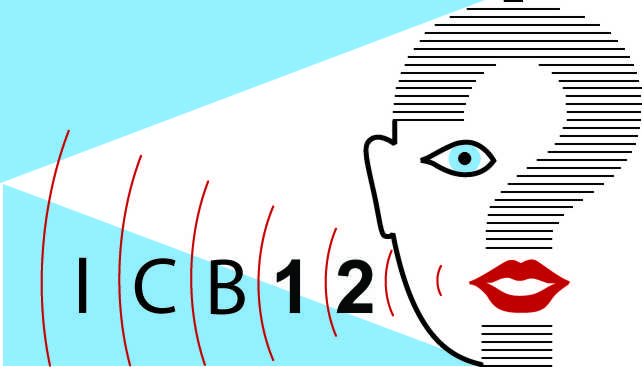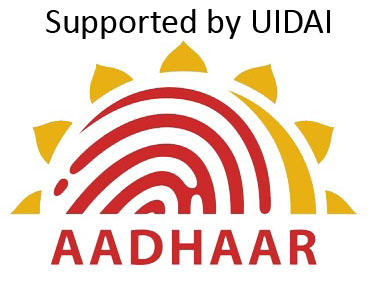Invited Tutorials
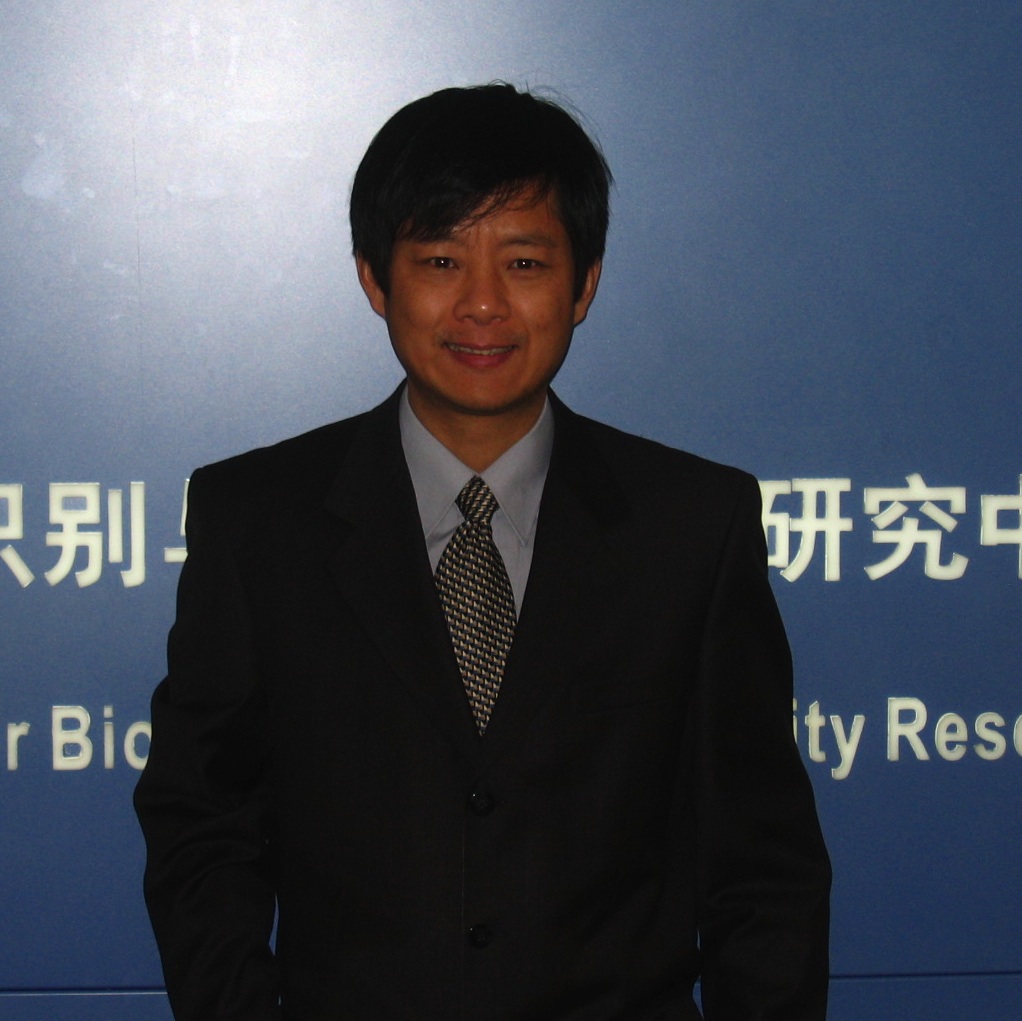
Stan Z. Li
Professor
Chinese Academy of Sciences
People's Republic of China
Date: March 29, 2011
9:30 am to 12:30 pm
|
Face Recognition: Theories and Applications
Abstract: This tutorial consists of two-sessions: one devoted to state-of-the-art theories and algorithms, and the other about development of face systems that work in practice.
List of topics:
- Introduction: History and Challenges from Pattern Analysis Viewpoint
- Part 1: Face Processing and Recognition Methods, Preprocessing, Face
Representations, Face Localization, Face Matching, Face Recognition with Visual, NIR, 3D Images
- Part 2: Development of Application Systems, Access Control, Face Recognition in Video,
Face Recognition on Mobile and Anti-spoofing
Biography: Stan Z. Li has more than 20 years of R&D experience in face recognition,
computer vision, image analysis, and pattern recognition, from theory to practice. He
received his B.Eng from Hunan University, China, M.Eng from National University of
Defense Technology, China, and PhD degree from Surrey University, UK. He is
currently a professor at the National Laboratory of Pattern Recognition and the director
of Center for Biometrics and Security Research (CBSR), Institute of Automation,
Chinese Academy of Sciences (CASIA). He worked at Microsoft Research Asia as a
researcher from 2000 to 2004. Prior to that, he was an associate professor at Nanyang
Technological University, Singapore. He was elevated to IEEE Fellow for his
contributions to the fields of face recognition, pattern recognition and computer vision.
He authored the book "Markov Random Field in Image Analysis", edited "Handbook
of Face Recognition" (with Anil Jain) and "Encyclopedia of Biometrics" (with Anil
Jain), and several other books in the fields of biometrics, pattern recognition and
computer vision. He developed face recognition systems that have been deployed in
2008 Beijing Olympic Games, 2010 Shanghai World Expo, immigration clearance at
China-Hong Kong border, and other applications; and invented near infrared face
recognition that has been sold in products.
|
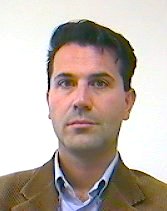
Davide Maltoni
Associate Professor
University of Bologna
Italy
Date: March 29, 2011
9:30 am to 12:30 pm
|
Fingerprint Recognition: Basics and Recent Advances
Abstract: This tutorial introduces fingerprint recognition in a top-down fashion.
Some general schemes are provided to explain the overall architecture of a fingerprint
recognition system. Then, the main components (acquisition device, feature extraction,
and matching) are discussed in detail. Different state-of-the-art approaches are
presented and compared, and the most critical difficulties in fingerprint recognition
are pointed out. The recently proposed Minutiae Cylinder Code (for fingerprint
representation and matching) will be discussed in detail. Hot topics like synthetic
generation, latent fingerprint enhancement and performance evaluation are also
discussed. Live examples and demos of several techniques are shown during the
lecture to better explain the main concepts.
List of Topics:
- Fingerprint Sensing
- Feature Extraction (orientation, frequency, singularities, minutiae)
- Matching (minutiae based, texture based)
- MCC (Minutiae Cylinder code)
- Synthetic generation
- Latent fingerprints enhancement
- Performance evaluation (FVC on-Going)
Biography: Davide Maltoni is an Associate Professor at University of Bologna (Dept. of
Electronics, Informatics and Systems - DEIS). He teaches "Computer Architectures" and "Pattern
Recognition" at Computer Science, University of Bologna, Cesena. Davide Maltoni's research
interests are in the area of Pattern Recognition and Computer Vision. In particular, he is
active in the field of Biometric Systems (fingerprint recognition, face recognition, hand
recognition, performance evaluation of biometric systems). Davide Maltoni is co-director of the
Biometric Systems Laboratory (BioLab), which is internationally known for its research and
publications in the field. Several original techniques have been proposed by BioLab team for
fingerprint feature extraction, matching and classification, for hand shape verification, for
face location and for performance evaluation of biometric systems. In particular, BioLab
developed and published the first algorithm able to meet the FBI error requirements for
automatic fingerprint classification and developed SFinGe, the first effective method for
generating realistic synthetic fingerprint databases. In cooperation with Prof. A.K. Jain from
Michigan State University and Prof. J. Wayman from San Josè University, BioLab organized the
First, Second, Third and Fourth International Competitions for Fingerprint Verification
Algorithms (FVC2000, FVC2002, FVC2004 and FVC2006). Davide Maltoni is co-author of the Handbook
of Fingerprint Recognition published by Springer, 2009, and co-editor of Biometric Systems -
Technology, Design and Performance Evaluation Springer, 2005. He holds three patents on
Fingerprint Recognition. Davide Maltoni served as associate editor of the international
journals: Pattern Recognition and IEEE Transaction on Information Forensic and Security. He has
been elected IAPR (International Association for Pattern Recognition) Fellow 2010.
|
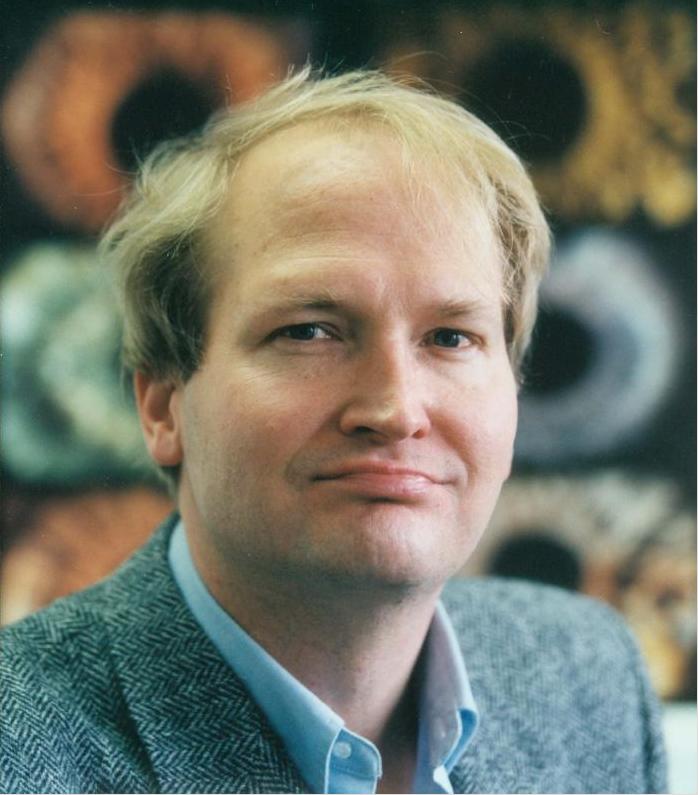
John Daugman
Professor
University of Cambridge
UK
Date: March 29, 2011
2:00 pm to 5:00 pm
|
Iris Recognition
Abstract: This tutorial will cover the scientific basis of iris recognition, the technical
approaches to iris image acquisition and recognition, as well as challenges, limitations,
and future research directions in iris recognition. List of topics:
- Scientific basis for iris recognition Epigenetic biometric features. Origins of
randomness and uniqueness in biological traits; anatomy, physiology, genetics, and development
of the iris. Metrics such as entropy and their relationship to biometric collision avoidance.
Phenotype and genotype. Challenges in acquiring iris images. Evidence for change, or stability
in iris patterns over time. "Iris diagnosis." Medical conditions that may affect the iris.
Foundations of statistical decision theory and pattern recognition.
- Technical approaches to iris image acquisition and recognition. Illumination of
the eye, optical resolution, capture volume, and bounds on motion and depth-of-field. Applicable
ISO/IEC Standards governing iris image properties, alternative image types, and quality metrics.
Predicting performance from quality metrics. Compressibility. Segmentation algorithms,
normalisation, occlusions and anomalies. Methods for extracting and encoding iris features, and
dissimilarity metrics. The mainstream Gabor wavelet phase and Hamming Distance algorithm, and
some alternative approaches. Speed and performance benchmarks. Major deployments around the
world, and their use cases.
- Challenges, limitations, unknown questions, and current research.
Expanding the envelope for iris acquisition: getting beyond the "in your face" iris camera and
the "stop and stare" user interface; achievements of "iris at a distance" and "iris on the
move." Doing all the image processing and encoding at the video frame-rate (30 Hz). Bit-parallel
match logic and parallelisability of database searches, with benchmark 1 million iris
comparisons per second per single-core CPU. Use of Codex and indexing methods ("Panopticon")
when even that is not fast enough. De-duplication of national-sized databases, and the India
Aadhaar / UIDAI. What can we say about the uniqueness and non-collision of iris patterns when
(so far) only 1.2 trillion iris pair comparisons have been performed. Anti-spoofing
countermeasures and the escalating anti-anti arms race. Futuristic applications.
Biography: John Daugman received his degrees at Harvard University and then taught at Harvard before
coming to Cambridge University, where he is Professor of Computer Vision and Pattern
Recognition. He has held the Johann Bernoulli Chair of Mathematics and Informatics at the
University of Groningen, and the Toshiba Endowed Chair at the Tokyo Institute of Technology.
Daugman is the inventor of iris recognition and his algorithms currently underlie all major
public deployments of this technology, which is owned now by Morpho/L1, for whom he serves as
Chief Scientist for Iris Recognition. Various awards for his scientific and technical work
include the Information Technology Award and Medal of the British Computer Society, the "Time
100" Innovators Award, the OBE, Order of the British Empire, and he has been elected a Fellow of
the Institute of Mathematics and its Applications.
|
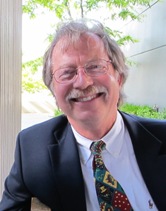
James L. Wayman
Professor, San Jose State University
USA
Date: March 29, 2011
2:00 pm to 5:00 pm
|
Biometrics Best Practices and Applications
Abstract: In a 2000 paper, "The problematic unity of biometrics", in the journal,
Biometrics, Stephen Stigler wrote, "Our modern subject of biometry is amazingly
diverse; so much so that the question could be raised as to whether or not it has
sufficient unity to constitute a single discipline." Even in our very limited subset of
biometrics, that of automated human recognition, the received paradigms (what are we
doing?) are as varied as the applications -- to the point of asking, "Are we practicing a
single discipline?" Under the title "Biometric Best Practice and Applications", this
tutorial will look at the unifying principles that can organize our thinking across a wide
variety of applications of automated human recognition. Specifically, we will look at
some traditional and untraditional applications in the fields of forensics, identification
and access control, and the attempts by the multiple international standards
communities to arrive at unifying "best practices" in vocabulary (ISO/IEC
2382-37), testing, and reporting (19795-1 and -6) to help us create an identity as
practitioners of a single discipline.
Biography: Dr. Jim Wayman is a research administrator in the Office of Graduate
Studies and Research at San Jose State University. He received the Ph.D. degree in
engineering in 1980 from the University of California, Santa Barbara, and has worked
continuously in the field of automated human recognition since 1984. He is co-editor
of J. Wayman, A. Jain, D. Maltoni, and D. Maio (eds) Biometric Systems (Springer,
London, 2005), a Fellow of the British Institution of Engineering and Technology, a
Principal UK Expert (PUKE) of the British Standards Institution (BSI) national body
to the ISO/IEC JTC1 SC37 standards committee, and editor of ISO/IEC 19794-13
standard on voice data format. He has previously served as a member of the U.S.
National Academies of Science/National Research Council (NRC) "Whither
Biometrics?" and "Authentication Technologies and their Implications for Privacy"
committees and the NRC Panel on Information Technology. He is a technical
assessor for biometrics in the (US) National Institute of Standards and Technology
"National Voluntary Laboratory Assessment Program" and has served as a paid
advisor on automated human recognition to 10 national governments.
|
|
